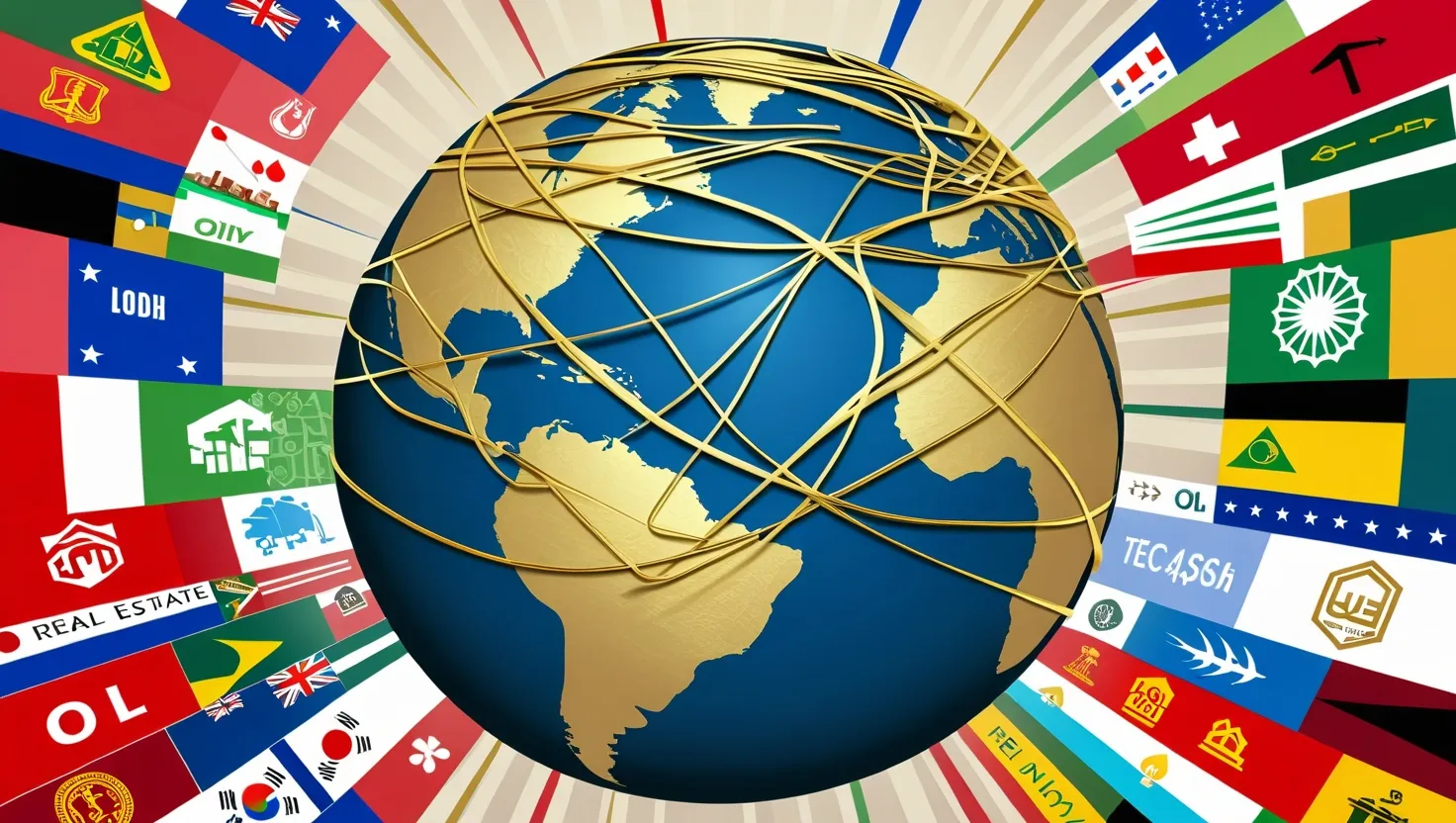When we think about a “middleman”, our minds often jump to negative stereotypes. “Cutting out the middleman” is a common expression that’s viewed positively. But is removing the middleman always the right move? Stripe, one of the hottest fintech names out there, begs to differ. Nicknamed the Internet’s Middleman, Stripe has soared in value, recently hitting a $35 billion valuation. Let’s dive into how Stripe pulled this off.
Growing up in a rural part of Ireland, Patrick and John Collison were practically born into entrepreneurship. With entrepreneurial parents, running a business was second nature to the Collison brothers. They were only teens when they first accessed the internet, quickly diving into web development and creating websites for fun. Excelling in school, they turned their passions into reality by starting Auctomatic, a business aimed at improving eBay’s user experience. Just ten months in, they sold Auctomatic for $5 million. That’s right—teenage millionaires.
Their journey took them to the U.S. where they briefly attended Harvard and MIT. It was during this time they realized how outdated and cumbersome the online payment systems were. Unlike the seamless transactions via Apple’s App Store, setting up payments for online businesses was a nightmare, stuck in the dark ages. This eye-opener sparked the idea for Stripe. Dropping out of school, the brothers moved to Buenos Aires in late 2009 to bring their idea to life. Initially called “slash dev slash payments”, Stripe aimed to simplify payment processes for startups so they could focus on their products and services.
Their vision caught the attention of Y Combinator, a notable startup accelerator. Founder Paul Graham, who had previously funded Auctomatic, backed them again in 2010. Stripe attracted more investments rapidly, including from PayPal co-founder Peter Thiel. By 2011, Stripe was live and ready for public use.
From there, their growth was huge. 2012 saw them snag investments from Sequoia and AMEX Ventures, doubling their valuation. By 2019, with a valuation of $35 billion, Stripe was no longer just helping startups accept payments. They were combating fraud with Radar, easing business formation with Atlas, and even enabling other companies to issue white-labeled credit cards with Issuing.
What’s next for Stripe? The Collison brothers aren’t saying much, but their focus remains on expanding and innovating. In 2018, it was estimated that half of America’s online payments went through Stripe. Unlike rivals like PayPal, Stripe crafted a niche by simplifying payment infrastructures for giants like Amazon, Facebook, and Lyft.
Stripe’s meteoric rise showcases the power of being a smart middleman. Far from a negative term, in Stripe’s hands, being in the middle is incredibly lucrative.






